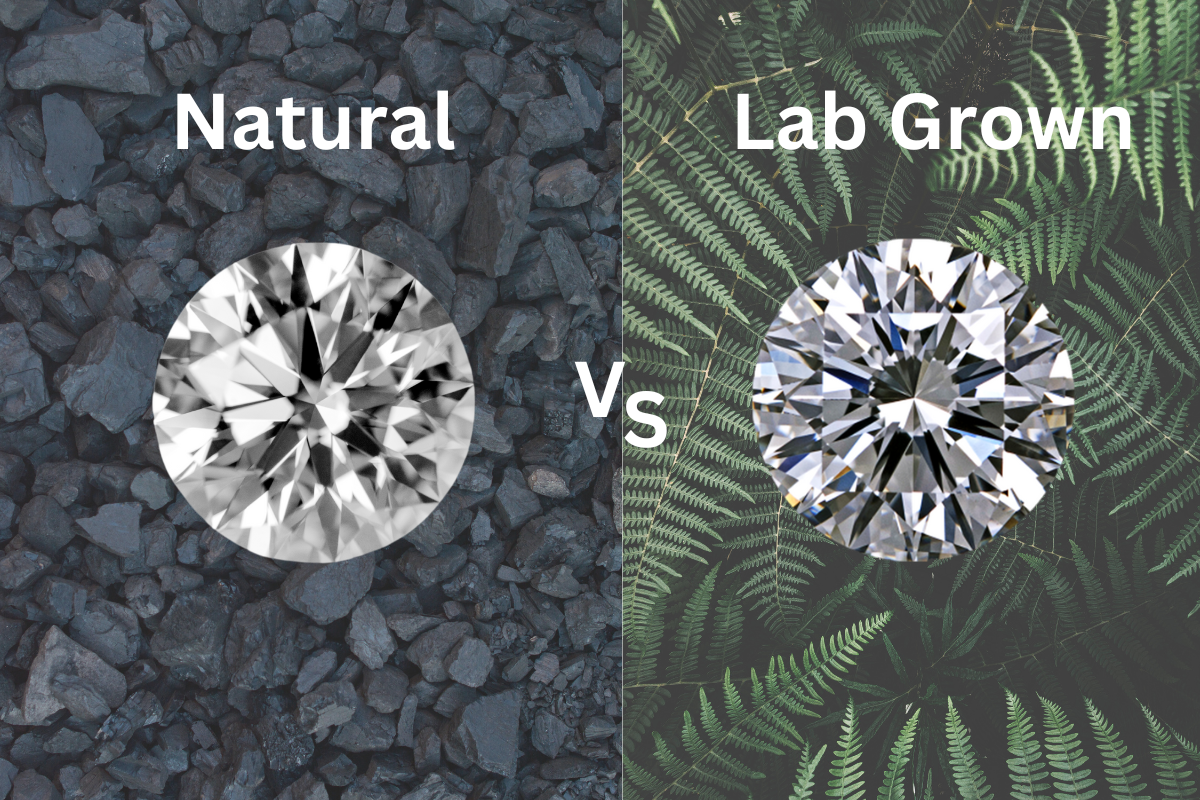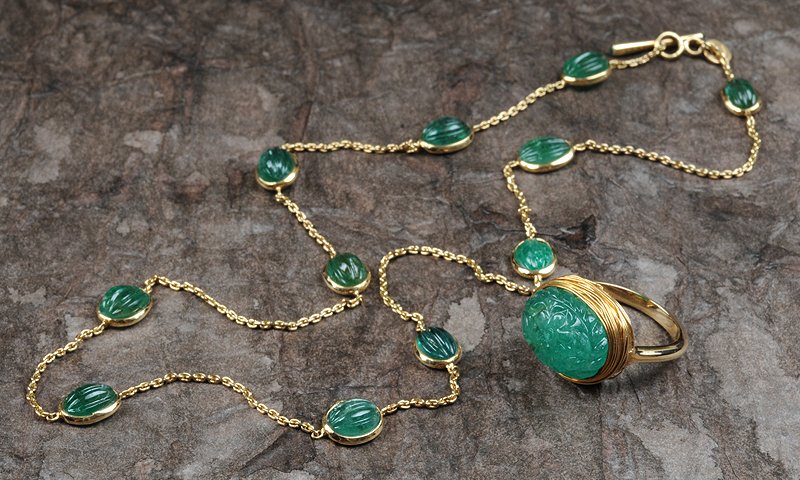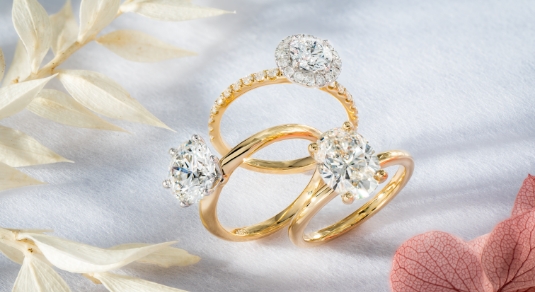Diamonds have long been a symbol of luxury, beauty, and commitment. Over the years, technological advancements have led to the creation of laboratory diamonds, sparking debates on their differences from natural diamonds. Understanding the diferencia entre diamante de laboratorio y natural is essential for consumers who want to make an informed choice when purchasing these precious stones.
Formation Process: The Key Difference Between Laboratory and Natural Diamonds
One of the most significant differences between laboratory and natural diamonds is their formation process. Natural diamonds form deep within the Earth’s mantle under high pressure and temperature over millions of years. In contrast, laboratory diamonds are created in controlled environments using advanced techniques like High-Pressure High-Temperature (HPHT) and Chemical Vapor Deposition (CVD). This fundamental difference between laboratory and natural diamonds determines their origin and physical characteristics.
Physical and Chemical Properties: Understanding the Difference Between Laboratory and Natural Diamonds
Despite their different origins, the physical and chemical properties of laboratory and natural lab diamonds are nearly identical. Both types consist of pure carbon atoms arranged in a crystal lattice structure, giving them their hardness and brilliance. However, the difference between laboratory and natural diamonds lies in their inclusions. Natural diamonds often contain mineral inclusions and growth patterns due to their formation in the Earth’s crust, while laboratory diamonds may have metallic inclusions from the growth process.
Price and Affordability: The Economic Difference Between Laboratory and Natural Diamonds
Another major difference between laboratory and natural diamonds is their price. Laboratory diamonds are generally more affordable than natural diamonds because they require less time and fewer resources to produce. The controlled conditions of lab production allow for consistent quality at a lower cost, making them a budget-friendly option. The price difference between laboratory and natural diamonds influences many buyers, especially those looking for ethical and cost-effective alternatives.
Ethical and Environmental Concerns: The Sustainability Difference Between Laboratory and Natural Diamonds
Many consumers are drawn to the ethical and environmental difference between laboratory and natural diamonds. The mining process for natural diamonds can lead to habitat destruction, water pollution, and carbon emissions. In contrast, laboratory diamonds have a lower environmental impact since they do not require extensive mining operations. Ethical concerns, such as conflict diamonds, also highlight the difference between laboratory and natural diamonds, as lab-created stones provide a conflict-free alternative.
Market Demand and Consumer Preferences: The Social Difference Between Laboratory and Natural Diamonds
The difference between laboratory and natural diamonds is also evident in consumer preferences and market demand. While some buyers prefer the rarity and historical significance of natural diamonds, others prioritize sustainability, affordability, and modern technology associated with laboratory diamonds. Jewelers and retailers acknowledge the growing acceptance of lab-grown diamonds, reflecting a shift in the industry towards sustainable luxury.
Certification and Identification: The Technical Difference Between Laboratory and Natural Diamonds
Another difference between laboratory and natural diamonds is how they are certified and identified. Both types undergo grading by gemological institutes, but advanced tools are required to distinguish between them. The difference between laboratory and natural diamonds can be detected through fluorescence, growth patterns, and trace elements. Certificates from reputable institutions ensure transparency, allowing buyers to verify the authenticity and origin of their diamond.
Durability and Longevity: The Wearability Difference Between Laboratory and Natural Diamonds
When considering the difference between laboratory and natural diamonds, it is important to note that both possess the same level of hardness, scoring a perfect 10 on the Mohs scale. This ensures their durability and resistance to scratching, making them suitable for everyday wear. The main difference between laboratory and natural diamonds in terms of longevity is their resale value, as natural diamonds tend to retain value better in the long run.
Aesthetic Appeal: The Visual Difference Between Laboratory and Natural Diamonds
To the naked eye, there is minimal difference between laboratory and natural diamonds in terms of appearance. Both exhibit brilliance, fire, and scintillation, making them visually stunning. However, gemologists can identify the difference between laboratory and natural diamonds using specialized equipment. Advanced cutting techniques enhance the visual appeal of both types, ensuring that customers receive a high-quality gemstone regardless of their choice.
Final Thoughts: Making an Informed Choice Based on the Difference Between Laboratory and Natural Diamonds
Ultimately, the difference between laboratory and natural diamonds comes down to personal preference, budget, and values. While natural diamonds hold historical significance and rarity, laboratory diamonds provide a sustainable and affordable alternative. Understanding the difference between laboratory and natural diamonds allows consumers to make well-informed decisions that align with their ethical and financial considerations. Whether choosing a mined diamond or a lab-created one, both options offer stunning beauty and lasting brilliance.






